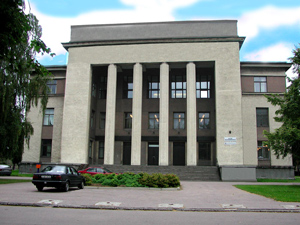
Salme Kultuurikeskus
Salme tn 12. 10413 Tallinn, Estonia
Throughout most of Tallinn’s history Kalamaja served as the town’s main fishing harbour. In fact, “Kalamaja” literally means “fish house” in Estonian, and starting from the 14th century the area was traditionally dominated by fishermen, fishmongers and boat wrights. Everything changed in 1870, however, when Tallinn was connected to St. Petersburg by railroad. Suddenly enormous factories started to sprout up in this part of town, and they brought with them an influx of thousands of new workers.
The wooden houses built to accommodate these workers became Kalamaja’s architectural legacy and are now what gives neighbourhood its unforgettable charm. The most architecturally unique of these are called “Tallinn Houses”. Built in the 1920s and 30s, these two to three-storey apartment houses are made of two symmetrical wooden wings separated by a stone central staircase. There are about 500 of these in the city today.
Recently it has also taken on a Bohemian atmosphere, becoming the residence of choice for young, creative types.